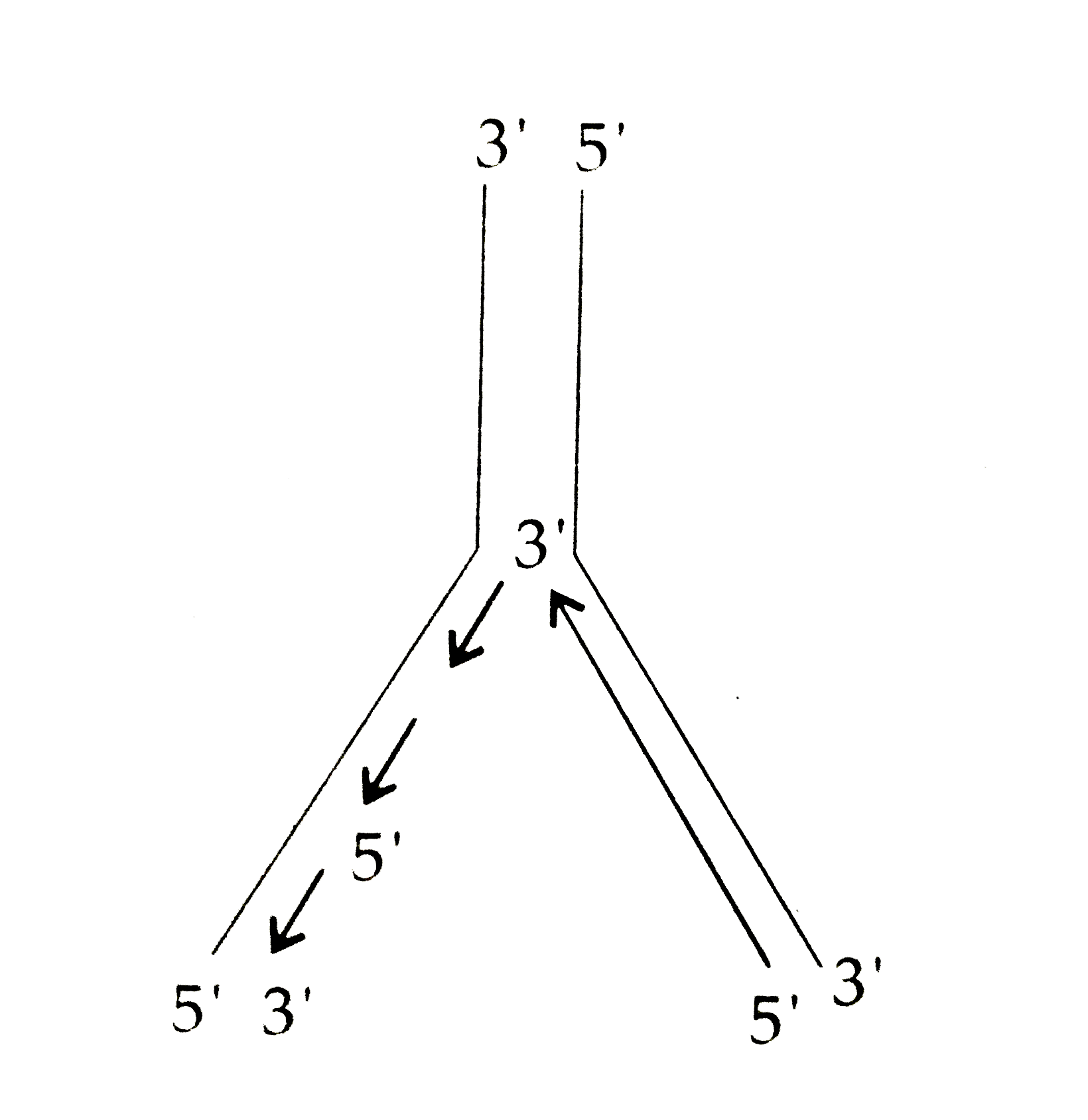Proteins that help to open up DNA helix in front of the replication fork in prokaryotes are
topoisomerases
unwindases (helicases)
polymerase 1
exonucleases and endocuclease
The correct Answer is:B
Step-by-Step Solution:
1. Understanding DNA Structure: DNA is a double helical structure composed of two strands that are held together by hydrogen bonds between complementary nucleotides.
2. DNA Replication Process: During DNA replication, the two strands of the DNA helix need to be separated to allow for the synthesis of new complementary strands. This process is essential for cell division and the production of identical daughter cells.
3. Role of Proteins in DNA Unwinding: To initiate the separation of the DNA strands, specific proteins are required to break the hydrogen bonds between the nucleotides. This unwinding of the DNA helix is crucial for the replication process.
4. Identifying the Key Protein: The primary protein responsible for unwinding the DNA helix at the replication fork in prokaryotes is called helicase. Helicase binds to the DNA and moves along the strand, breaking the hydrogen bonds and separating the two strands.
5. Additional Proteins: While helicase is the main protein that opens up the DNA helix, other proteins such as topoisomerase also play a role in relieving the tension that builds up ahead of the replication fork due to supercoiling.
6. Conclusion: The protein that helps to open up the DNA helix in front of the replication fork in prokaryotes is helicase, also known as unwindase.
Final Answer: The proteins that help to open up the DNA helix in front of the replication fork in prokaryotes are helicases (or unwindase).
---
Topper's Solved these Questions
Similar Questions
There are special proteins that help to open up DNA double helix in front of the replication frok . These protein are
View SolutionDuring DNA replication in prokaryotes DNA is anchored
View SolutionDuring DNA replication, why is it that the entire molecule does not open in one go? Explain replication fork. What are the two functions that the monomers (dNTPs) play ?
View SolutionExplain the mechanism of DNA repication with the help of a replication fork. What role does the enzyme DNA-ligase play in a DNA replication fork ?
OR
Construct and label a transcription unit from which the RNA segment given below has been transcribed. Write the complete name of the enzyme that transcribed this RNA.

View Solution
Why do you see two different types of replicating strands in the given DNA replication fork ? Explain. Name these strands.
View SolutionWhy do you see two different types of replicating strands in the given DNA replication fork? Explain . Name these starands.
View Solution(a) Why does DNA replication occur in small replication forks and not in its entire length ?
(b) why is DNA replication continuous and discontinuous in a replication fork ?
(c) State the importance of origin of replication in a replication fork.
View SolutionName the enzyme that facilitates opening of DNA helix during transcription.
View Solution
AB and CD represent two strands of a DNA molecule. When it undergoes replication, forming a replication fork between A and C:
Name the template strand for replication.
View Solution
AB and CD represent two strands of a DNA molecule. When it undergoes replication, forming a replication fork between A and C:
What is template strand and Okazaki pieces?
View Solution
